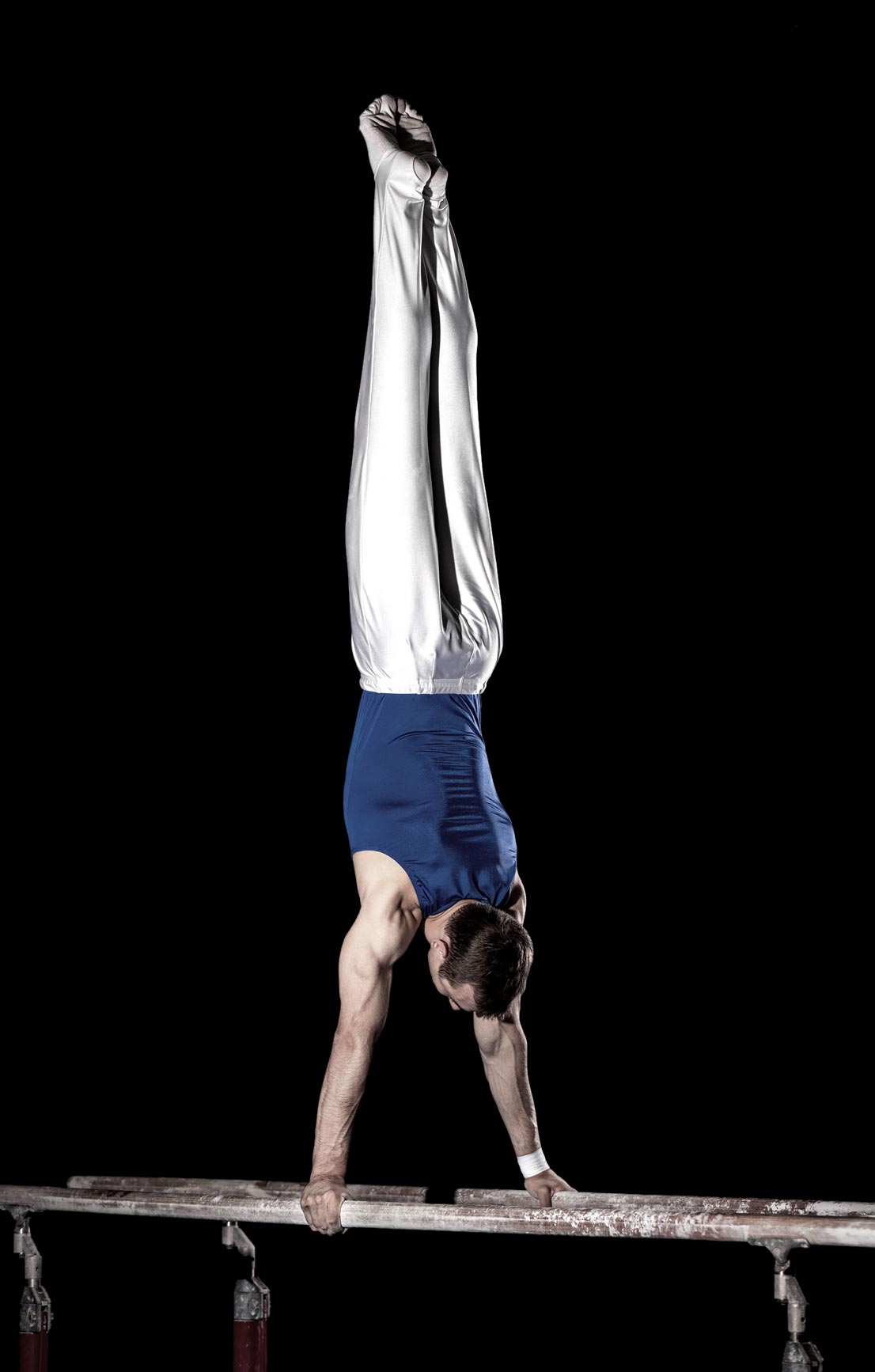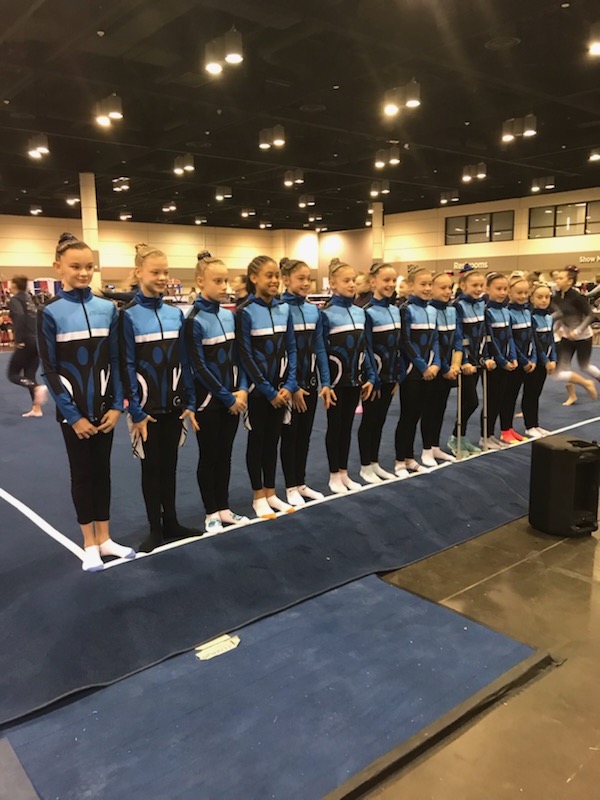Squads
Dynamo Gymnastics is one of only a handful of clubs in the country that offer artistic gymnastics at a high level for both Male Artistic and Female Artistic Gymnastics.
View our squads
Mens Squad
Includes Development, Junior & Senior Competitive Squads
The Men’s section has a development programme that caters for youngsters from 7yrs onwards. We also have a Talent Identification Programme which reaches into schools as well as the outreach centres and the recreational classes at our premises in Hamble.
The Men’s section has produced past Olympians as well as youngsters competing for Great Britain, England, Southern Region and Hampshire County.
The rules that all gymnastics disciplines work to are governed by the International Gymnastics Federation (FIG) and whilst most of the rules remain the same, the way in which the sport is judged is reviewed every four years, following the Olympic Cycle. This is done to take into account the increase in difficulty and any other changes that may be necessary.

Competing
Men are required to compete on six pieces of apparatus, as shown below:
01.
Floor Exercise (FX)
12x12 metres
The performance area must have a surface elasticity to allow for power during take-offs and softness for landing.The gymnast’s floor exercise should include movements that demonstrate strength, flexibility and balance. Each routine must combine moves such as somersaults, twists and leaps. The whole floor area should be used and the routine should show a personal touch of expression and execution. The minimum time is 50 seconds and the maximum is 1 minute 10 seconds.
02.
Pommel Horse (PH)
Height: 1.05 metre
The pommel horse routine should be a smooth continuous chain of circular and pendulum type swings, double leg circles, scissor movements and undercuts using all parts of the horse.
03.
Rings (SR)
Height: 2.60 metre
Ring routines should include a variety of movements demonstrating strength, support and balance. The gymnast should perform a series of swings and holds with both forward and backward elements and the routine should finish with an acrobatic dismount.
04.
Vault (VT)
Height: 1.35 metre
The Vaulting Table is situated lengthwise to the approach run of 25 metres. Each vault is awarded a value according to its difficulty. The vault should demonstrate clean and powerful movements combining height and length with one or more rotations and finish in a controlled landing. Marks are also awarded for the control of the body and the landing position.
05.
Parallel Bars(PB)
Height: 1.80 metre
Like the rings, the parallel bars require a combination of swinging movements with strength or hold parts. The gymnast should travel along and work both above and below the bars. The exercise should be predominantly swinging.
06.
Horizontal (High) Bar (HB)
Height: 2.60 metre
The gymnast should perform continuous clean swinging movements and must not touch the bar with his body. He is required to demonstrate changes of grip, swinging movements both forward and backward, plus release and re-grasp of the bar. Dismounts are an important part of the total routine and are usually acrobatic and spectacular.
